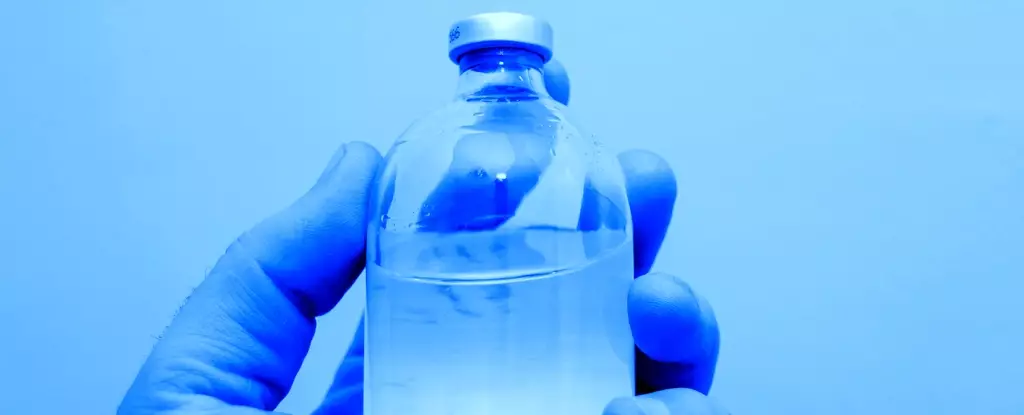Ketamine, a dissociative anesthetic, has been gaining recognition as a safe and effective treatment for intractable depression. A new randomized trial conducted in the United States has shown that ketamine injections are as effective as electroconvulsive therapy (ECT) when treating non-psychotic forms of major depression. This development is significant as ECT has remained the standard gold treatment for severe depression that doesn’t respond to other drug treatments or therapies for nearly 80 years.
Ketamine versus ECT
Historically, ketamine has been used in clinical settings for sedation and pain relief as it lulls patients into a trance-like state of euphoria. However, recent clinical studies have shown that a low-dose infusion of ketamine administered over an hour or so can relieve symptoms of depression for weeks at a time. That’s remarkable, given that many antidepressants take a month or so to kick in with less potent effects.
Previous studies comparing ECT and ketamine have found each therapy safe and efficacious in treating resistant depression. But while some trials suggest ECT is “significantly superior” to ketamine when it comes to remission, other studies indicate ketamine retains 90 percent of the effect seen from ECT treatments. The latest trial from the US comparing the two treatments used a larger sample size and only focused on non-psychotic forms of depression.
Study Results
The trial saw 158 patients with resistant depression receive three weeks of ECT three times a week, and 180 patients receive three weeks of ketamine injections twice per week. These patients were enrolled for the trial at multiple institutes along the east coast, including Yale University, Johns Hopkins, and Baylor College of Medicine.
After starting ECT or ketamine therapy, patients in the trial reported an almost immediate improvement in the quality of their lives. Side effects like nausea and poor memory were common for both treatments, albeit short-lived. Moderate-to-severe side effects were slightly more common among the ECT group at a rate of just over 30 percent.
Treatment was considered a success when a patient’s depression severity scores decreased by at least 50 percent from the start of the trial. In the end, 55 percent of patients responded to ketamine treatments, while 41 percent responded to ECT treatments.
Implications of the Study
“Statistically, it was a robust finding showing that ketamine was non-inferior to ECT,” says psychopharmacologist Sanjay Mathew from Baylor College of Medicine. “This study can give clinicians and patients confidence that ketamine is a reasonable and safe alternative to ECT, at least for the short-term management of treatment-resistant, non-psychotic depression.”
Interestingly, when researchers randomly split patients into two treatment groups, ECT or ketamine injections, those assigned to the ECT group dropped out at a higher rate. That might have to do with the fact that ECT requires general anesthesia, whereas ketamine injections take about 40 minutes and can be administered while the patient is awake.
Previous studies have shown ketamine can rapidly reduce suicidal thoughts in over two-thirds of patients, suggesting this new form of treatment could possibly save lives. ECT is often used for suicidal patients in the inpatient setting, so now a large-scale comparison of ketamine versus ECT for the most critically ill and suicidal patients is needed.
The latest study comparing the efficacy of ECT and ketamine injections for the treatment of non-psychotic forms of depression has shown that ketamine is a reasonable and safe alternative to ECT. This development is significant as ECT has remained the standard gold treatment for severe depression that doesn’t respond to other drug treatments or therapies for nearly 80 years. With so few options available to treat resistant forms of depression, we cannot afford to ignore these leads.



Leave a Reply